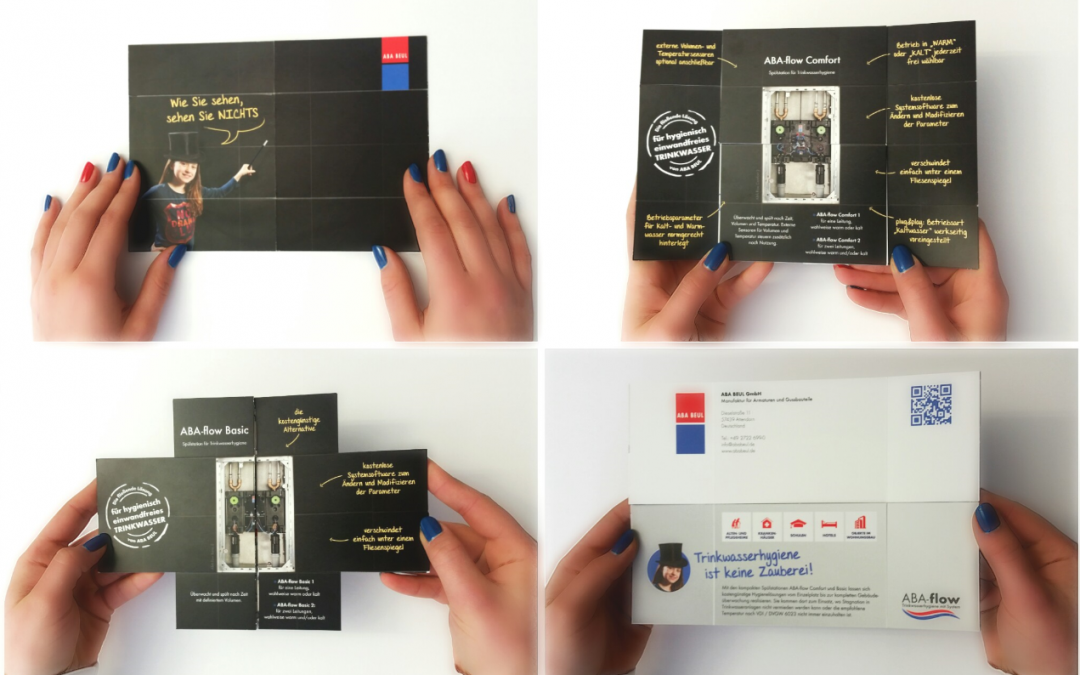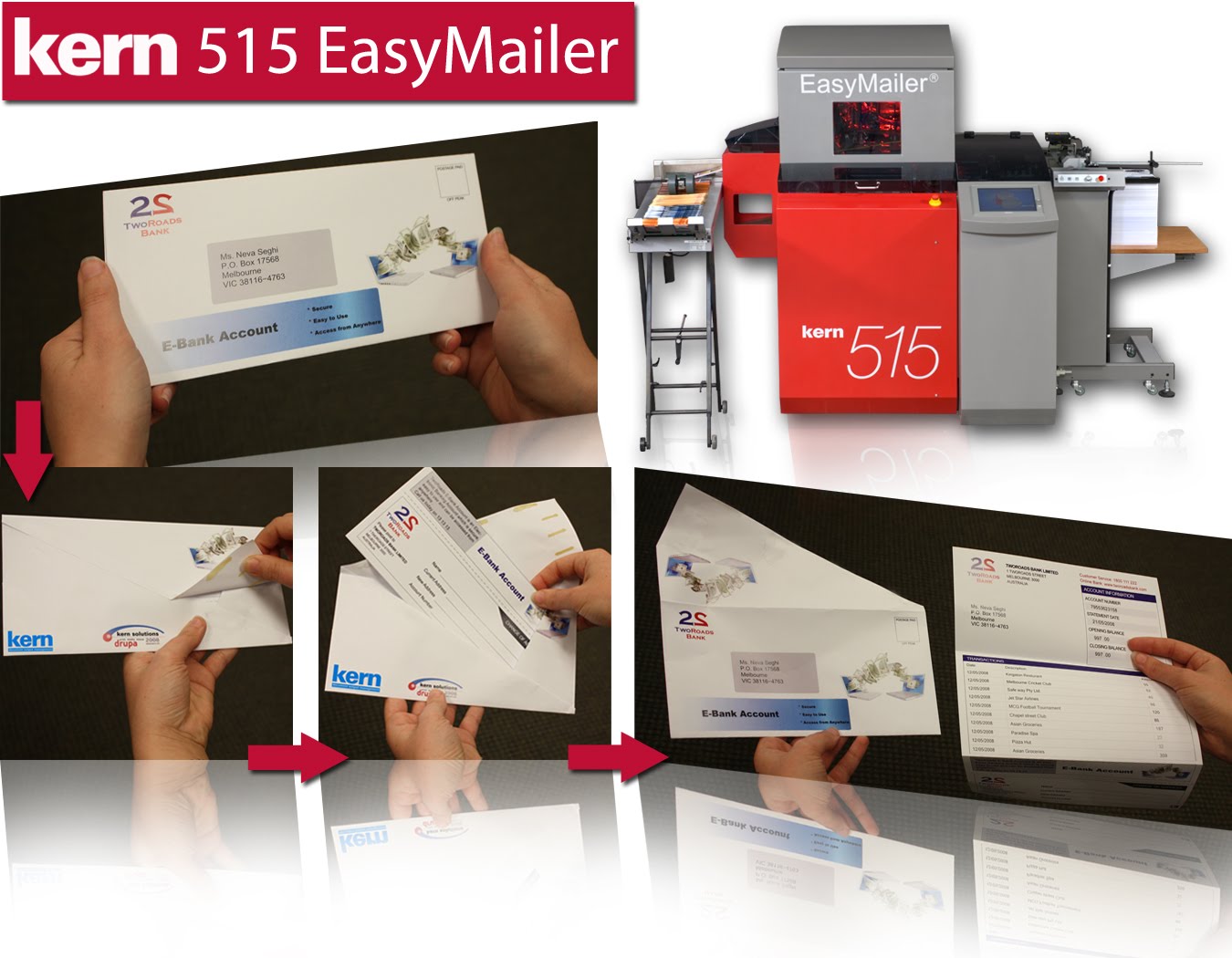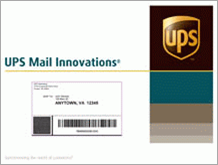

This was an issue because variable data printing usually means something like digital inkjet. Like any other campaign, each envelope would need the printed information from the excel sheet I made. For consistency, I wanted envelopes made of stone paper as well as the interior samples. With all of that information, I had enough to make an excel spreadsheet to be imported into InDesign. I hired my friend to help me gather the addresses from their websites, and find the relevant contact persons via LinkedIn. In total, I identified around 200 companies for which stone paper could be relevant. Then I found some organizations doing FMCG (fast moving consumer goods) because I knew their members would be purchasing packages.

I identified their official Publishing Association, and took note of their members. My next step was to understand more about their industries so I knew who the players were and where they were located. Shipping times were only two weeks from Shenzhen, they speak English, they have cozy little publishing and packaging industries, and they clearly care about sustainability. Looking at the map, I decided my first campaign would go to New Zealand. I also knew I needed to find customers who could receive my products quickly, and who could speak English. He advised me to target a small market, so I could limit the damage to my reputation if I made mistakes during printing. I spoke for a while with an industry friend about a more commercial scale project. It was an effort, but it would not generate significant business. That was my first ever direct mail campaign. However, it only cost me a few dollars total. As you can see, they arrived complete with a lot of Chinese markings. They took two weeks to arrive in Germany, and around two months to arrive in Australia. The final letters were practically dripping with mystery glue.
Direct mail innovation tv#
How did I apply them? Well, of course with a horse hair brush and warm glue like something out of an ancient Chinese TV series. On the front of these letters with stone paper samples, I had to apply massive Chinese government stamps as postage. When I went to their shop and asked them to send a number of letters to Germany (and Australia, I think), they looked absolutely confused and handed me a booklet of stamps.
Direct mail innovation code#
Nowadays people use modern domestic services to send mail, so for letters, China Post has become something like telegraph or morse code by our standards. I sent my first batch of letters using China Post. My first ever direct mail campaign went out to my good friends in Germany and some old clients that I don’t really remember anymore. I didn’t really even have that much experience printing things outside of printing school. The real challenge, though, was that I had almost no money and no real business yet. In order for people to understand the value of stone paper, they had to hold it in their hands. When I first started my business, it was my nature that immediately made me think about direct mail again. When I first started my printing career, I actually came up with a bunch of different direct mail campaigns for RR Donnelley Shenzhen for their European customers, like some kind of American instinct.

Direct mail was a vital differentiator for my stone paper business, and I’d like to share a little American story of how I got my business running with international direct mail on stone paper. Chinese people don’t use direct mail at all because virtually no one uses a mailbox. Germans seem to use standardized sizes for their mail pieces, mostly cards and brochures. I’m not sure why, but no other country that I have lived in is as creative with direct mail as we are. One of the most obvious skills in this direction is direct mail, for which we seem very creative. We have a knack for getting people to buy something by reaching out with print. I think we Americans have very special abilities in advertising, most notably in print advertising. Today on Printing Impressions newsletter.Ways Commercial Printers Can Expand Into Package Printing.


 0 kommentar(er)
0 kommentar(er)
